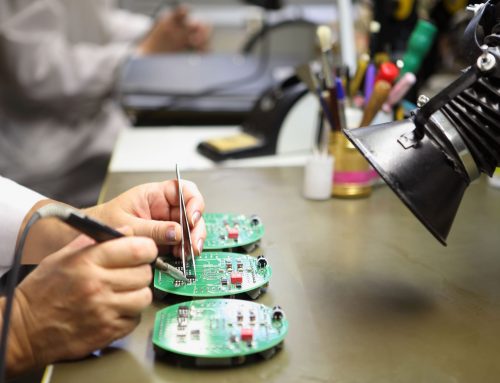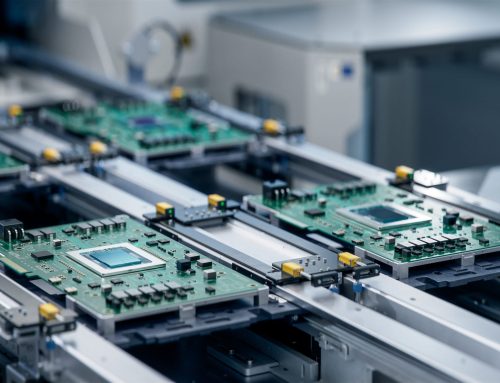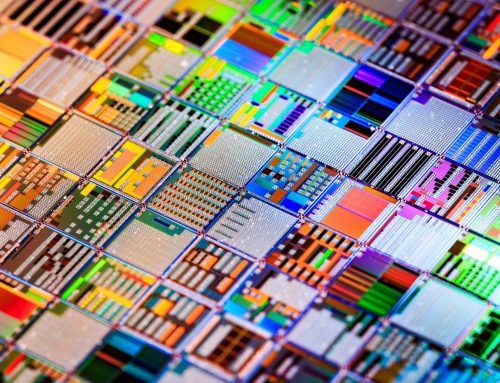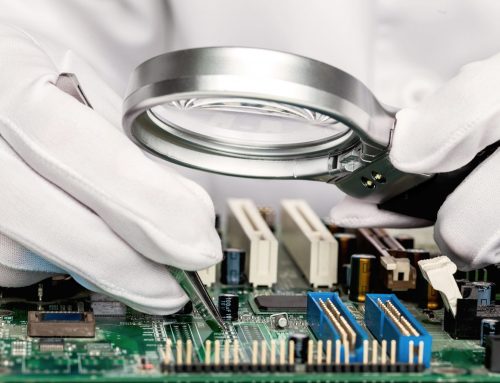Global demand for electronic components is high – with the first 6 months of 2017 seeing a huge surge in demand that has had a lasting effect on lead-times on semiconductors in particular. As a result, many companies are concerned about sourcing components and meeting deadlines, and in some cases their behaviour is having a further impact on lead-times.
We think it’s crucial that companies take a good look at their supply chain today, to ensure they get the parts they need in the future. At the same time everyone in the industry needs to work together to prevent lead-times escalating further, and reduce the threat of counterfeits entering the supply chain.
In this article we discuss the challenge, the threats and offer some solutions to this problem. Forewarned is forearmed, so continue reading…
Why Are Lead-Times Increasing?
The problem dates back to the economic crisis in 2008, the repercussions of which we are still living with two decades later. Electronic components manufacturers had to cut capacity as demand for their products plummeted and it is only recently that forecasts have become more positive.
Mixed economic signals in 2011 and 2012 triggered additional component industry consolidation, leading to a raft of mergers and acquisitions that have had a further impact on capacity. As Adam Fletcher, the chair of the Electronic Component Supply Network, wrote on the effect that consolidation has had on the buying market: “there are legitimate concerns about the medium and long-term product availability, pricing [and] possible product rationalisation.”
Forecasts for growth and demand in the industry have been conservative, which means that many semiconductor manufacturers have been caught off guard. As demand has been relatively flat in previous quarters, many leading firms have not invested significant funds into improving their production capacities.
The story doesn’t end there. In response to capacity cuts buyers have increasingly used ‘double booking’ – duplicating their requirements through multiple sources – in a bid to minimise their risk. Coupled with the genuine increase in demand for semiconductors, and with an element of false bookings, lead-times have risen along with the threat of allocation.
How To Navigate The Storm
We hope that allocation will not become a widespread phenomenon in the immediate future. However with ever increasing lead-times, it cannot be ruled out. It is important that we recognise that this is an industry wide problem until capacity increases. Good forecasts and an approved vendor list focused on sourcing flexibility are the keys to navigating this storm.
At the same time we need to be vigilant about counterfeits entering the supply chain. The conditions are ripe for out-of-date parts, relabelled as new, to flood the market to meet demand for parts.
To this end we recommend that you get support and let our team provide alternative component solutions to solve your lead-time headaches. With key segments such as the automotive and industrial sectors showing higher-than-expected growth, bullish GDP forecasts and a strong demand for IoT-associated devices, there is little chance that demand will contract.
Therefore it is essential to manage your supply chain from the quote stage, monitoring it in line with your forecast to ensure that you meet agreed deadlines. EC Electronics can help you do this, by helping your company access our global supply chain. If you have any requirements, get the ball rolling now to put your company in the best position to get the components you need.
Click here to contact our team.









